Fittonias, also known as nerve plants or mosaic plants, are popular houseplants loved for their vibrant and eye-catching foliage. These unique plants boast a stunning visual appeal, with their colorful leaves resembling the intricate patterns of the central nervous system.
Understanding Fittonia: The Nerve Plant

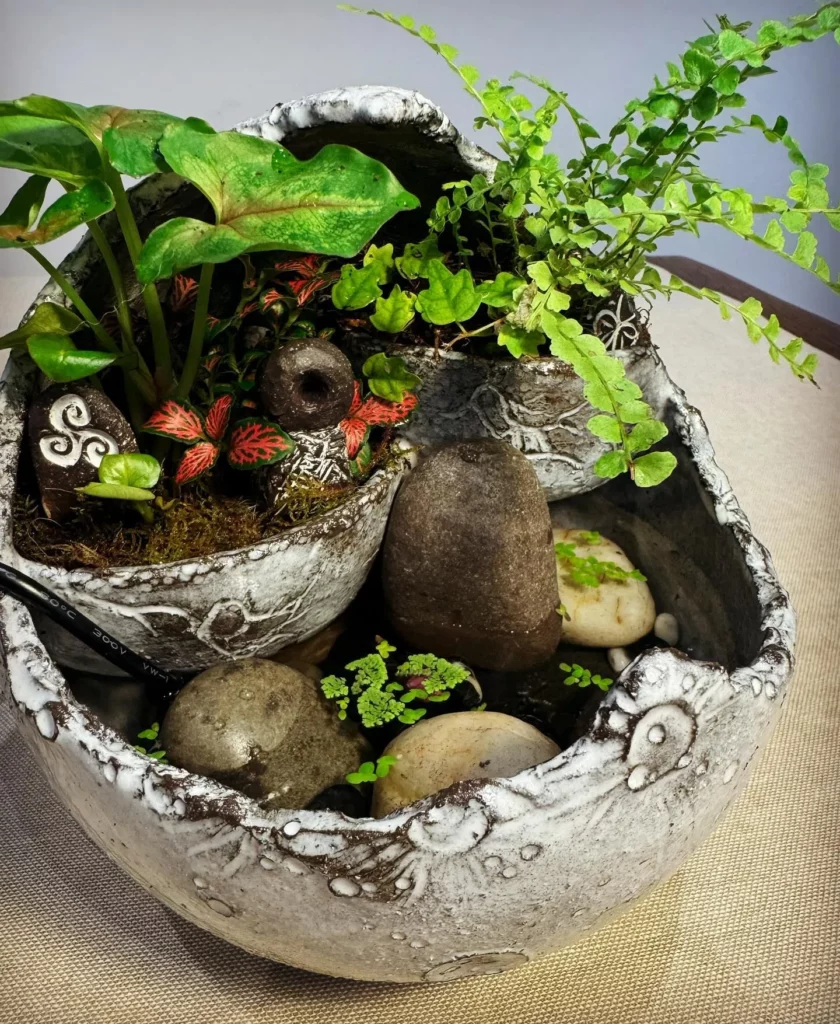
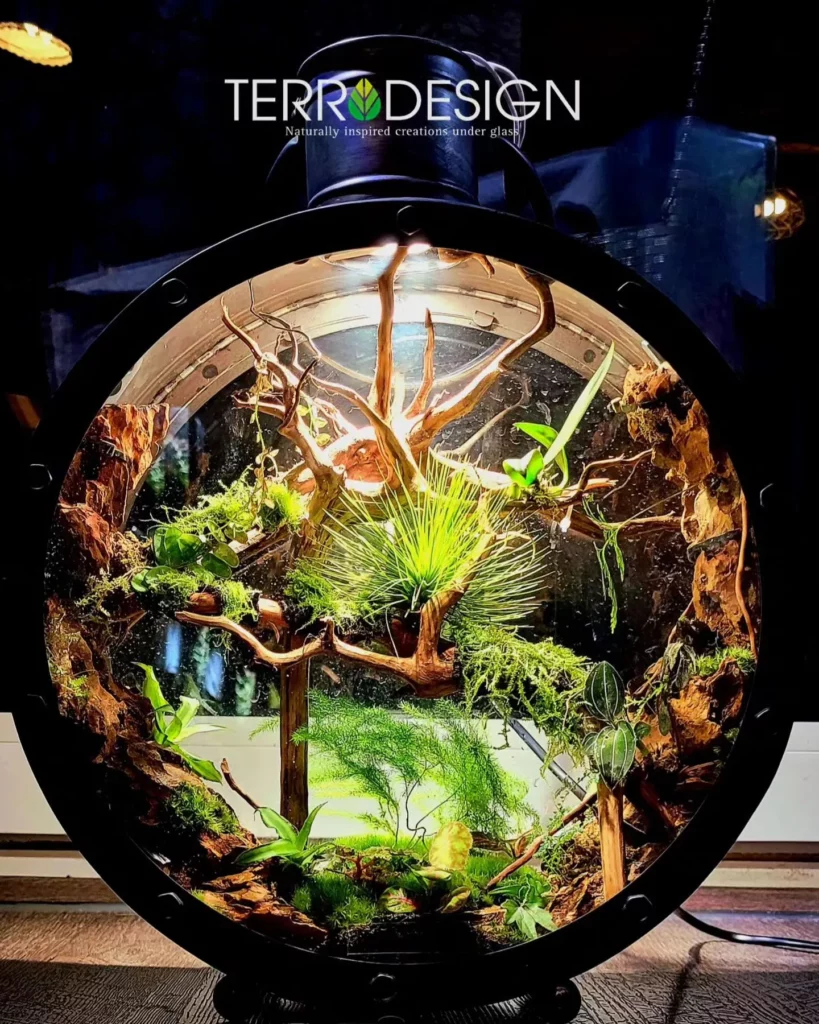
The foliage of Fittonias exhibits a mosaic-like appearance, with leaf blades and veins in different colors. This distinctive feature sets them apart from other houseplants, making them a captivating addition to any indoor space.
Fittonias come in a wide range of cultivars and hybrids, offering an array of leaf colors and vein patterns. From vibrant greens to pinks and whites, each variety adds its own touch of charm to your indoor plant collection.
No products found.
Ideal Conditions for Fittonia Growth
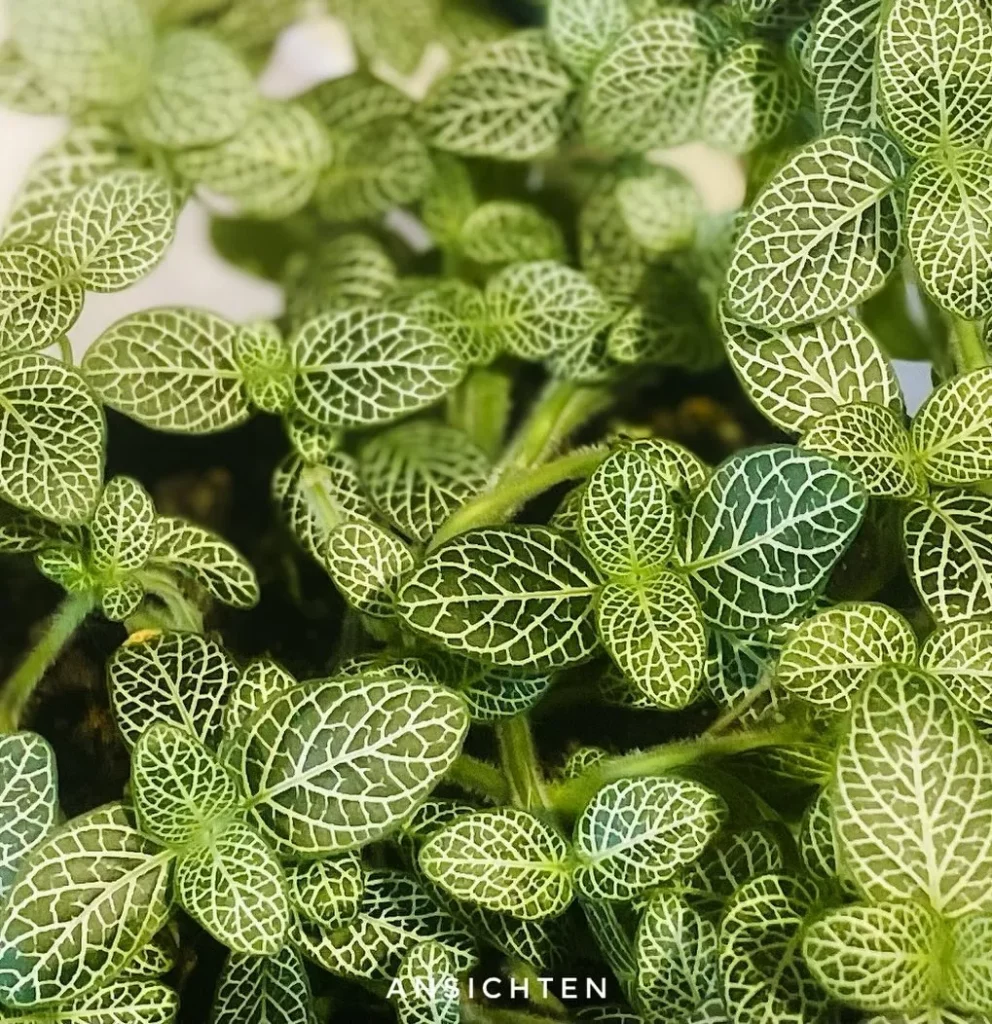
To ensure optimal conditions for Fittonia growth and care, it’s important to replicate its tropical origins. Fittonias thrive in humid environments and warm temperatures, creating the perfect habitat for these stunning houseplants.
When it comes to lighting, Fittonias prefer bright, indirect light. They should be placed in a location that receives ample light without being exposed to intense direct sunlight, which can scorch their delicate foliage.
Consistently moist soil is essential for Fittonias, but it’s crucial to avoid overwatering and saturated conditions. They require soil that retains moisture without becoming waterlogged, preventing root rot and other water-related issues.
To provide the optimal humidity levels, Fittonias can be grown in terrariums or placed in rooms with high humidity. You can also use wet pebble trays or room humidifiers to increase humidity around the plants, mimicking their natural tropical environment.
By creating the ideal conditions of warmth, humidity, and bright indirect light, you can ensure that your Fittonia plant thrives and showcases its vibrant foliage, bringing a touch of the tropics to your indoor space.
The Art of Watering Your Fittonia
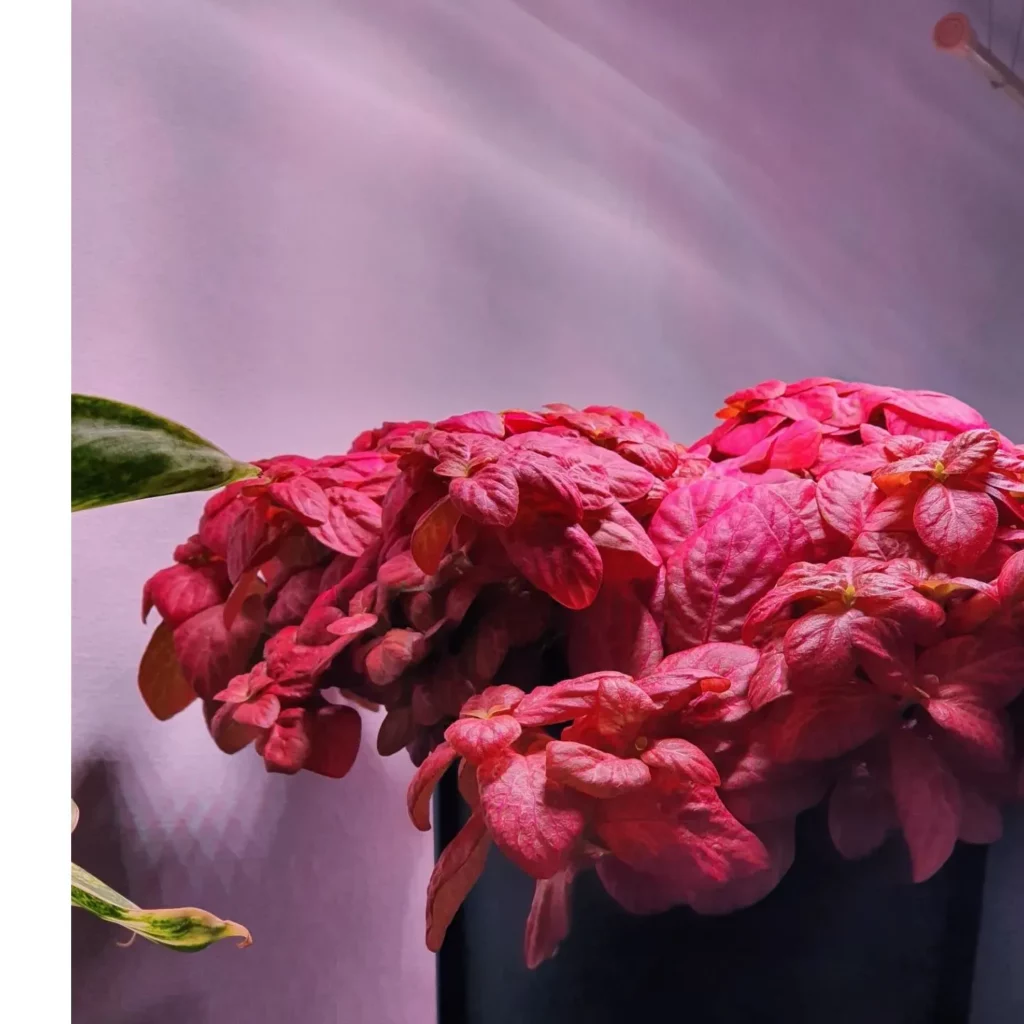

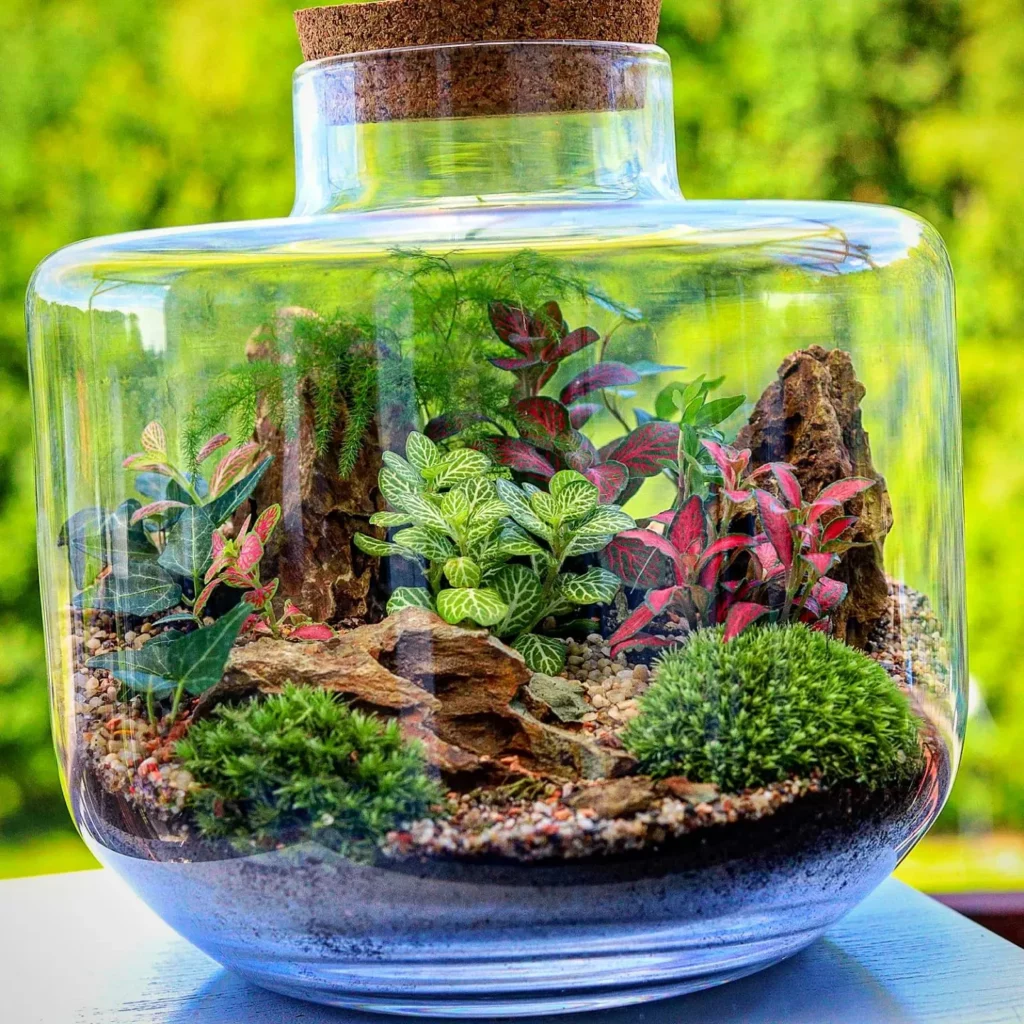
Proper watering is essential for the health and vitality of your Fittonia plant. By maintaining the right level of soil moisture, you can prevent root rot and ensure your plant thrives. Here’s a guide to help you master the art of Fittonia watering.
Consistent Moisture, Not Waterlogging
Fittonias prefer consistently moist soil, but they don’t like to sit in waterlogged conditions. Overwatering can lead to root rot and other problems. To strike the right balance, water your Fittonia thoroughly, allowing excess water to drain away. Then, wait until the top inch of soil has dried out before watering again.
Room Temperature, the Perfect Pour
When watering your Fittonia, it’s best to use room temperature water. Cold water can shock the plant’s sensitive roots. Fill a watering can or container with water and let it sit for a few hours to reach room temperature. Then, pour the water evenly onto the soil around the plant, avoiding leaves and foliage.
Fittonia Watering Tips
| Watering Tip | Description |
|---|---|
| Thoroughly water | Water until it flows out of the drainage holes to ensure even distribution. |
| Allow soil to dry | Wait for the top inch of soil to dry out before watering again. |
| Avoid waterlogging | Prevent root rot by ensuring proper drainage and avoiding waterlogged conditions. |
Fittonia Soil and Potting Tips
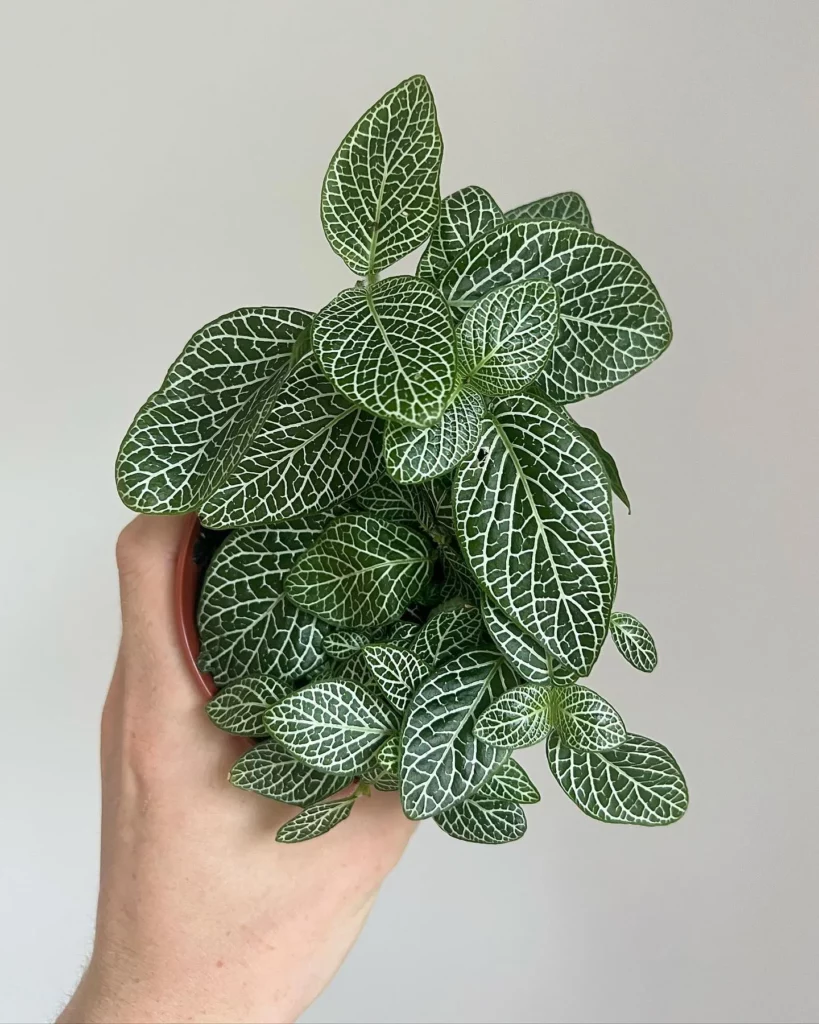
Proper soil and potting techniques are crucial for the health and vitality of your Fittonia plants. Here are some essential tips to ensure your plant thrives:
No products found.
Choosing the Right Soil Mix
Fittonias prefer well-draining soil that can retain moisture without becoming waterlogged. This allows the roots to access the necessary moisture while preventing the risk of root rot. A well-draining mix can be achieved by combining equal parts of peat moss, perlite, and potting soil. This blend provides a balanced environment for your Fittonia’s root system.
Using a Pot with Adequate Drainage Holes
When planting your Fittonia, it’s important to select a pot with proper drainage holes. This ensures that excess water can escape easily, preventing the roots from sitting in water for prolonged periods. This helps maintain the ideal moisture levels for your plant and reduces the risk of overwatering.
Repotting for Soil Refreshment
Every couple of years, consider repotting your Fittonia to refresh the soil and promote healthy growth. During repotting, carefully inspect the root system for any signs of damage or overcrowding. If necessary, gently divide the plant by separating the root ball into two or more sections. This process allows you to propagate new Fittonia plants while providing adequate space for each individual plant.
Propagating Your Fittonia

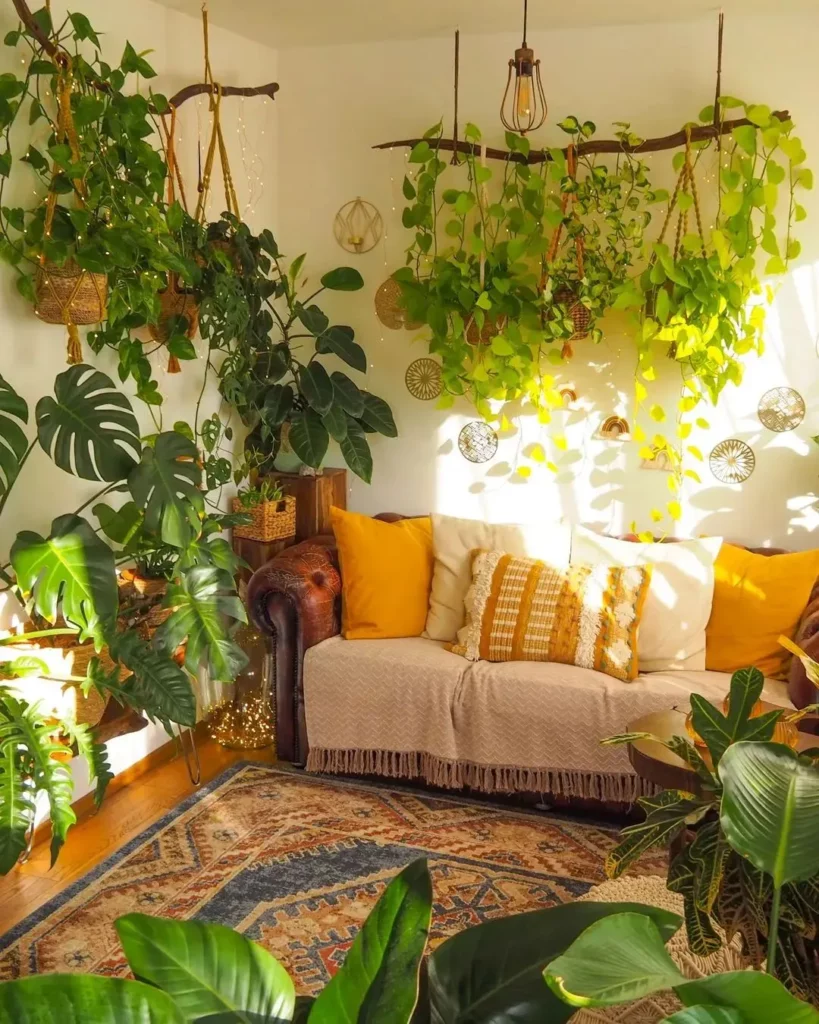
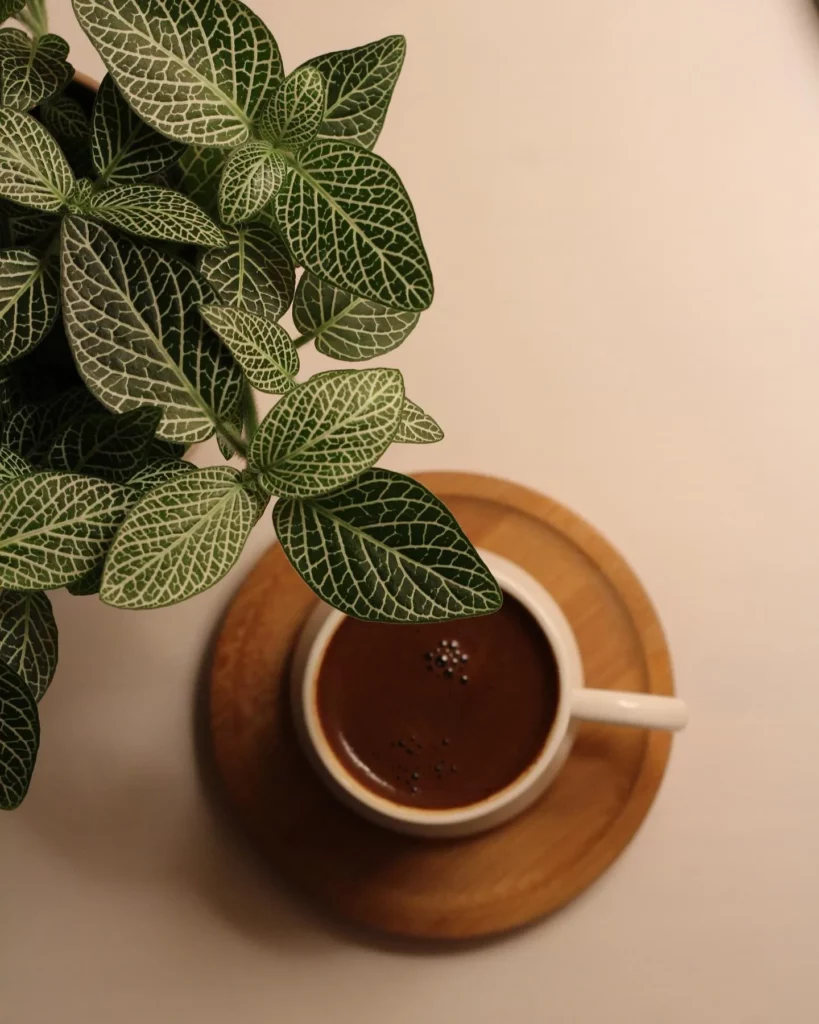
Expanding your collection of Fittonia plants is an exciting opportunity to enjoy more of their unique and vibrant foliage. Propagating Fittonias is relatively straightforward and can be done through stem cuttings. Follow the steps below to propagate your Fittonia and start growing new plants:
- Select a healthy Fittonia plant with desirable traits to propagate from.
- Prepare a sharp, clean pair of scissors or pruning shears.
- Identify a stem on the parent plant that has at least 3 nodes.
- Using the scissors or pruning shears, make a clean cut just below a node on the stem.
- Remove any leaves near the bottom of the cutting, leaving a few at the top.
- Optional: Dip the cut end of the stem in a rooting hormone powder to promote faster root development.
- Place the cutting in a container of water or moist soil, ensuring that the node is submerged or buried.
- Keep the container in a warm, well-lit area, but away from direct sunlight.
- Monitor the cutting regularly and mist the leaves to maintain adequate humidity.
- After a few weeks, you should start seeing roots develop.
- Once the roots are approximately 1-2 inches long, you can transfer the cutting to fresh, well-draining soil in a small pot.
- Water the newly potted cutting thoroughly and keep the soil evenly moist.
Congratulations! You have successfully propagated your Fittonia plant using stem cuttings. With proper care and attention, the new plant will continue to grow and display its stunning foliage.
Common Fittonia Problems and Solutions
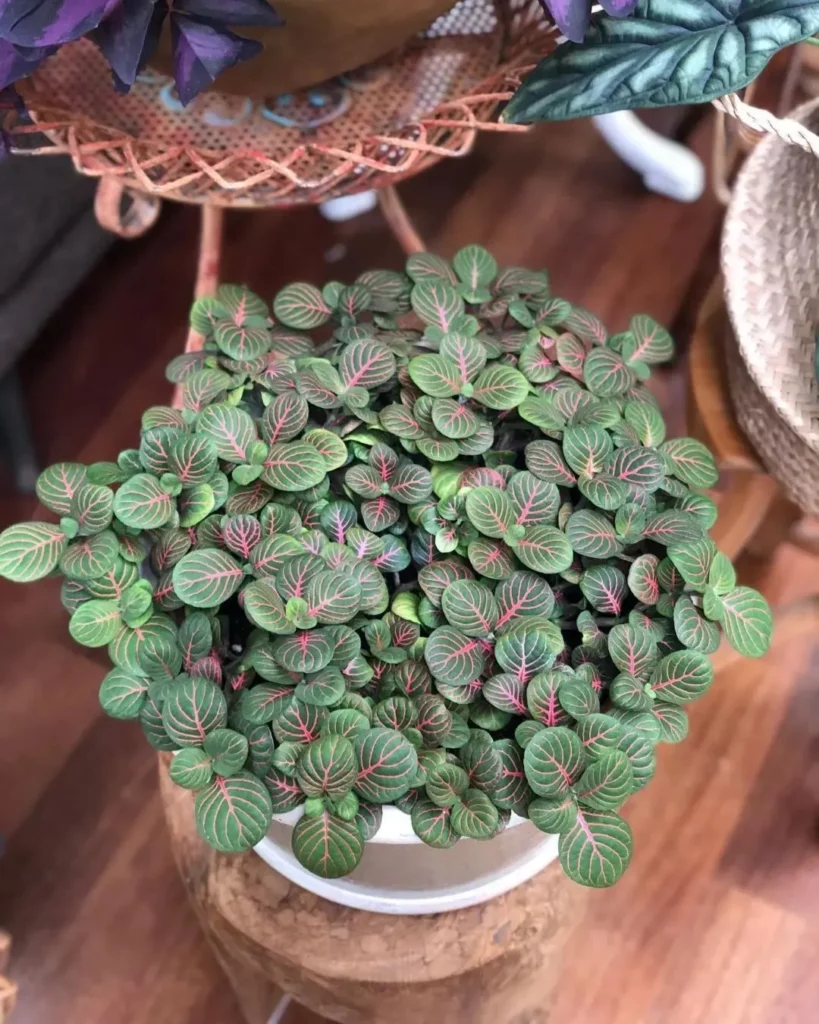
While Fittonia plants are generally resilient, they can encounter a few common problems that may affect their health and appearance. Being aware of these issues will help you take proactive measures to keep your Fittonia thriving.
Yellowing Leaves
One common problem that Fittonias may face is the yellowing of leaves. This can be a sign of water stress, either due to overwatering or underwatering. Ensure that you are watering your Fittonia adequately, allowing the top inch of soil to dry out slightly before watering again. Adjusting the watering frequency and monitoring the moisture levels will help prevent yellowing leaves.
Wilting or Drooping Leaves
Wilting or drooping leaves can indicate issues with water uptake or insufficient humidity. Make sure your Fittonia’s soil remains consistently moist, but avoid waterlogging. Consider increasing the humidity levels around the plant by using a humidifier, placing the pot on a tray filled with water and pebbles, or misting the leaves regularly.
Brown Leaf Tips
If you notice brown tips on the leaves of your Fittonia, it could be a sign of dry air or inadequate watering. Increase humidity levels and ensure that the plant receives enough water to maintain consistent moisture in the soil. Trimming the browned tips can help improve the overall appearance of your plant.
Slow Growth
If your Fittonia is growing slowly, it may be due to insufficient light or nutrient deficiencies. Fittonias require bright, indirect light to thrive. If your plant is not receiving enough light, move it to a brighter location or consider using artificial grow lights. Additionally, provide your Fittonia with a balanced fertilizer during the growing season to ensure it receives the necessary nutrients for healthy growth.
Pests and Diseases
Fittonias are generally resistant to pests and diseases, but they can occasionally encounter common houseplant pests such as spider mites, mealybugs, and aphids. Early detection and prompt action are vital to control these pests. Regularly inspect your plant for signs of infestation, such as webbing, white cottony masses, or tiny insects on the leaves. You can try using natural remedies like neem oil or insecticidal soap, or opt for chemical treatments if necessary.
| Problem | Solution |
|---|---|
| Yellowing Leaves | Adjust watering frequency and monitor moisture levels |
| Wilting or Drooping Leaves | Increase humidity levels and water adequately |
| Brown Leaf Tips | Improve humidity and ensure consistent moisture |
| Slow Growth | Provide bright, indirect light and balanced fertilization |
| Pests and Diseases | Regularly inspect for pests and take appropriate action |
Fungal Diseases and Fittonia
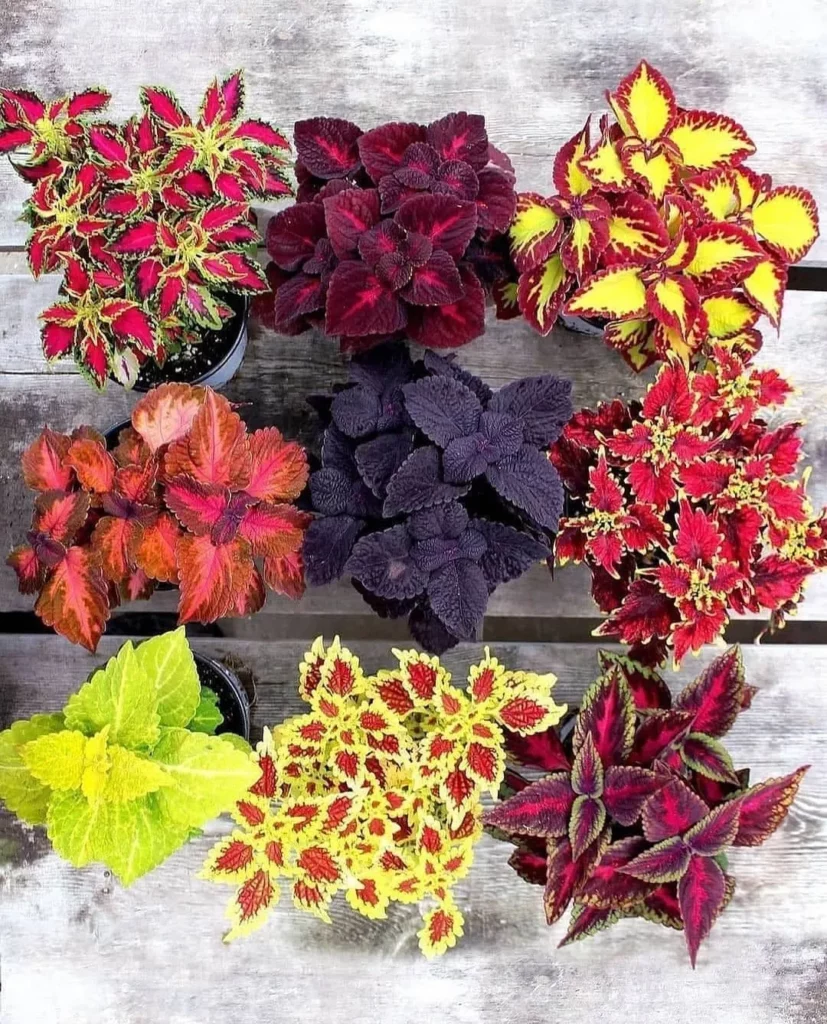
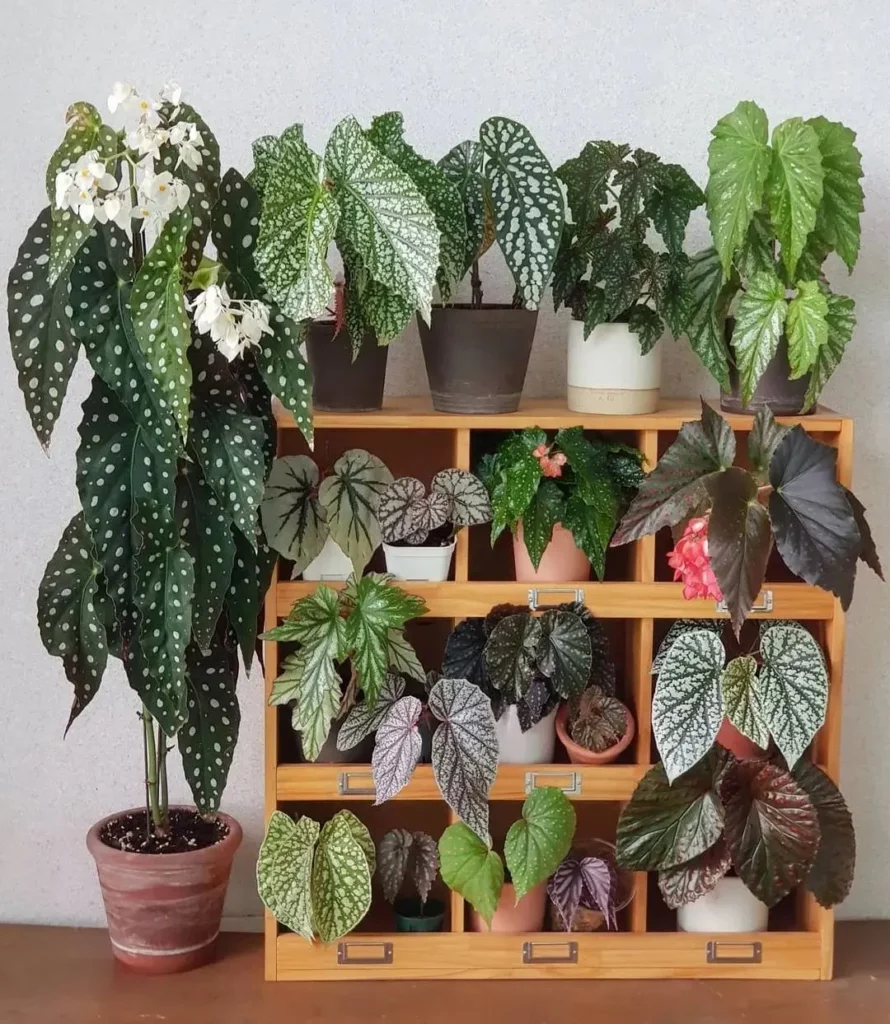

Fittonias, like any other plant, can be vulnerable to fungal diseases. Overwatering and low-light conditions can increase the risk of fungal infections such as botrytis and powdery mildew. It’s important to be vigilant and take necessary steps to prevent and treat these diseases to keep your Fittonia plants healthy.
Signs of fungal diseases in Fittonias include the presence of spots or a powdery substance on the leaves. If left untreated, these diseases can weaken the plant and affect its overall growth.
To prevent fungal infections, ensure that your Fittonia plants receive proper lighting. Place them in a bright location, away from direct sunlight. Adequate airflow is also crucial, so avoid overcrowding your plants.
Another essential aspect is watering. Overwatering can create a damp environment that favors fungal growth. To prevent this, water your Fittonia plants appropriately. Allow the top inch of soil to dry out before watering again, and make sure the pot has proper drainage to avoid waterlogged soil.
If you notice any signs of fungal diseases, take action promptly. Remove affected leaves to prevent the spread of the infection. If the problem persists, you can consider using fungicides recommended for houseplants. Follow the instructions on the product label and apply the fungicide as directed.
| Disease | Symptoms | Prevention | Treatment |
|---|---|---|---|
| Botrytis | Spots on leaves, stem rot | Proper lighting, good airflow | Remove affected leaves, apply fungicide if necessary |
| Powdery Mildew | Powdery coating on leaves | Proper lighting, good airflow | Remove affected leaves, apply fungicide if necessary |
Fittonia Appearance and Varieties
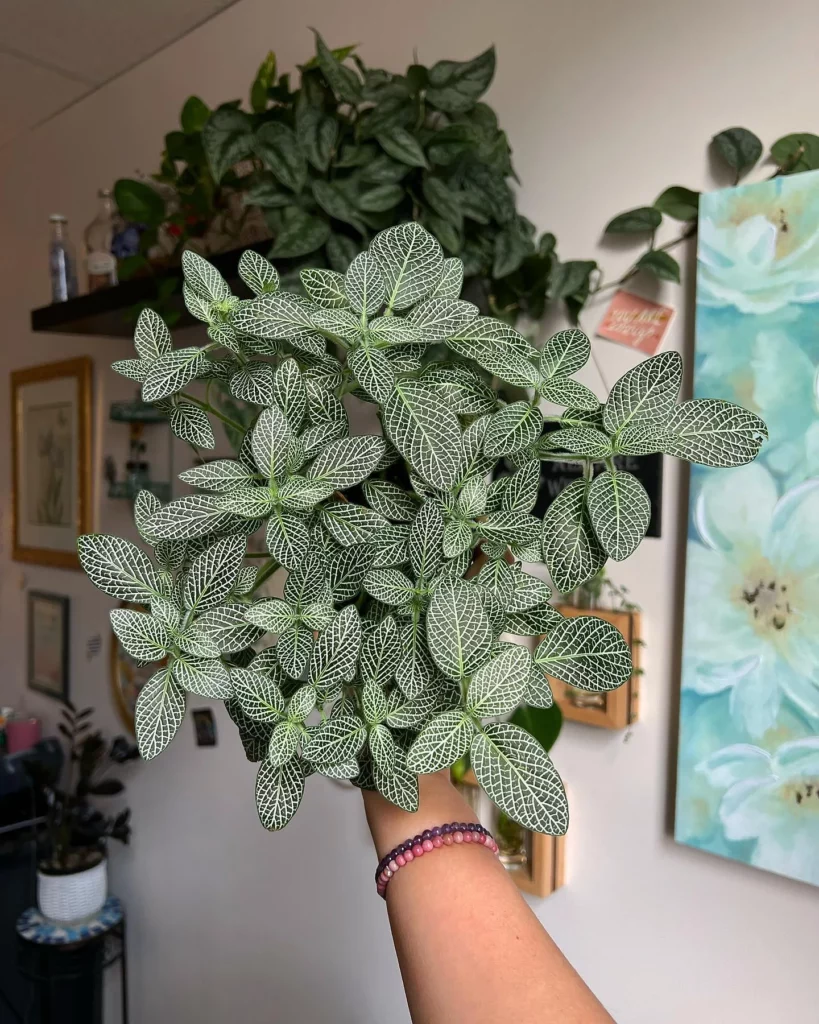
Fittonia plants offer a stunning array of varieties, each showcasing unique leaf colors and vein patterns. These gorgeous foliage plants can add a vibrant touch to any indoor space. Let’s explore some popular Fittonia varieties that will enhance the visual appeal of your indoor plant collection:
| Variety | Leaf Colors | Vein Patterns |
|---|---|---|
| Fittonia Mosaic Lemon | Vibrant green | Yellow veins |
| Pink Forest Flame | Pink | Green veins |
| White Tiger | White | Dark green veins |
These varieties are just a glimpse of the diverse range of Fittonia plants available. Each variety brings its own unique charm, making it easy to find a perfect fit for your personal style and home decor.
Fittonia Light Requirements
Fittonias are stunning houseplants that thrive in bright, indirect light. When positioning your Fittonia plant, it’s important to find a location where it can receive adequate light without being exposed to intense direct sunlight. Direct sunlight can scorch the leaves and cause damage to the plant.
Providing your Fittonia with bright indirect light helps maintain the vibrant foliage for which it is known. This type of lighting mimics the dappled light found in its natural habitat, allowing the plant to thrive and showcase its beautiful colors.
Fittonia Watering and Moisture Requirements
Proper watering is crucial for the health of your Fittonia plants. These tropical beauties require consistent moisture levels to thrive, but it’s important to avoid waterlogged soil.
When watering your Fittonia, make sure to thoroughly moisten the soil. However, allow the top inch of soil to dry out before watering again. This balance ensures that the roots have access to the moisture they need without risking overwatering and root rot.
No products found.
To maintain consistent moisture levels, monitor the soil regularly. Stick your finger about an inch into the soil – if it feels dry, it’s time to water. If it’s still moist, hold off on watering until the top inch dries out.
Fittonia Watering Guidelines
| Watering Method | Frequency | Additional Tips |
|---|---|---|
| Thoroughly watering the soil | When the top inch of soil is dry | Avoid letting the pot sit in standing water |
| Misting the leaves | Every 2-3 days | Helps increase humidity levels |
| Using a pebble tray | As needed | Fill a tray with water and place the pot on top, ensuring the water doesn’t touch the bottom of the pot |
Fittonia Growth and Development
Fittonias, with their vibrant foliage, can add a touch of lushness to your indoor space. These beautiful plants have the potential to grow to a height of 3-6 inches and spread up to 12-18 inches, creating a stunning display of greenery.
To maintain a compact and bushy appearance, pruning is essential. By cutting back to a leaf node, you can encourage bushier growth and keep your Fittonia looking full and vibrant. Regular pruning helps shape the plant and remove any leggy or overgrown branches.
Another key element in promoting healthy growth is regular repotting. Every 2 to 3 years, you should consider repotting your Fittonia to give it fresh soil and ample space for its roots to develop. This allows the plant to continue growing and thriving, ensuring its foliage remains vibrant and attractive.
With proper care and attention, including pruning and repotting, your Fittonia can thrive and showcase its stunning leaf size and luxurious, bushier growth. Whether you choose to display it on a tabletop or as part of a vibrant indoor garden, your Fittonia will undoubtedly become a focal point in your home.
FAQ
How often should I water my Fittonia plant?
It’s best to water thoroughly and allow the top inch of soil to dry out before watering again. This helps prevent overwatering and root rot.
What kind of soil does Fittonia require?
Fittonias thrive in well-draining soil that can retain moisture without becoming waterlogged. A soil mix that holds moisture but allows excess water to drain away is ideal.
How do I propagate a Fittonia plant?
Fittonias can be propagated through stem cuttings with at least 3 nodes. Cuttings can be placed in water or moist soil until roots develop and then transferred to fresh soil in a pot.
What are common problems that Fittonia plants may encounter?
Fittonias can have issues such as yellowing leaves, wilting or drooping leaves, brown leaf tips, slow growth, and pests like spider mites, mealybugs, and aphids.
How do I prevent and treat fungal diseases in my Fittonia plant?
To prevent fungal diseases like botrytis and powdery mildew, ensure proper lighting, reduce watering, remove affected leaves, and provide good airflow. In severe cases, fungicides may be necessary.
Are there different varieties of Fittonia plants available?
Yes, Fittonia plants come in various varieties with different leaf colors and vein patterns. Some popular varieties include ‘Fittonia Mosaic Lemon,’ ‘Pink Forest Flame,’ and ‘White Tiger.’
What kind of light does Fittonia need?
Fittonias thrive in bright, indirect light. They should be placed in a location where they receive adequate light without being exposed to intense direct sunlight.
How often should I repot my Fittonia plant?
Fittonias can be repotted every 2 to 3 years to support healthy growth. Pruning can also help maintain a compact and bushy appearance.
How tall and wide can Fittonia plants grow?
Fittonias can grow to a height of 3-6 inches and spread up to 12-18 inches. Pruning and repotting can help control their growth.





